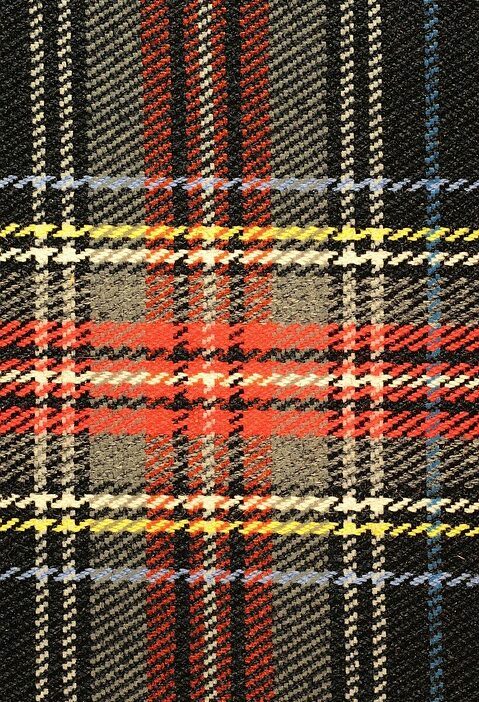In the ever-evolving landscape of digital design, the User Experience (UX) and User Interface (UI) realms are continuously influenced by the convergence of technology, psychology, and art. While coding frameworks have a specific purpose in the development process, a broader array of frameworks—conceptual and methodological—play a pivotal role in shaping the UX/UI landscape. This article delves into these frameworks beyond coding, exploring how they guide designers in creating thoughtful, intuitive, and aesthetically pleasing user experiences.
1. Understanding Frameworks in UX/UI Design
Frameworks, in essence, are structured approaches or guidelines that provide a foundation for designing user interfaces and experiences. Beyond coding frameworks such as Bootstrap or React, UX/UI designers often utilize theoretical frameworks, design thinking approaches, and user-centered design (UCD) principles. These frameworks are crucial in addressing complex design challenges, ensuring that user needs remain at the forefront of the design process.
2. Theoretical Frameworks
a. Design Thinking
Design Thinking is a user-centered approach that emphasizes empathy, ideation, and prototyping. Its five stages—Empathize, Define, Ideate, Prototype, and Test—guide designers through a thoughtful process of understanding user needs and iterating on solutions. This framework encourages designers to ask critical questions, engage with users, and foster collaboration across disciplines. It fosters an environment where innovative solutions can emerge, driven by a deep understanding of the user.
b. User-Centered Design (UCD)
UCD is an overarching principle that places the user at the center of the design process. This framework involves identifying user needs through research, creating personas, and testing designs with real users. By prioritizing user feedback throughout the design cycle, designers can ensure that their solutions are both functional and enjoyable, ultimately enhancing the user experience.
3. Methodological Frameworks
a. Lean UX
Lean UX adopts principles from Lean startups, focusing on minimizing waste and maximizing learning through rapid experimentation. This framework emphasizes collaboration, fast iterations, and continuous feedback, allowing teams to validate ideas quickly and pivot based on user insights. By using Lean UX, designers can deliver value to users without getting bogged down by extensive documentation or prolonged development cycles.
b. Agile Methodology
Although primarily associated with software development, Agile practices have increasingly found their way into UX/UI design workflows. Agile promotes adaptive planning, evolutionary development, and early delivery. By working in iterative cycles or "sprints," designers can receive feedback promptly and make adjustments, creating adaptive and highly responsive user interfaces.
4. Tools and Frameworks for Visual Design
a. Design Systems
Design systems are collections of reusable components, patterns, and guidelines that maintain a consistent visual language across a product. They are not just a set of UI elements; they encapsulate a brand’s style, tone, and ethos, ensuring coherence in user experiences. By leveraging a design system, UX/UI designers can streamline their processes, maintain consistency, and focus more on solving usability challenges.
b. Accessibility Frameworks
In an inclusive design paradigm, accessibility frameworks help designers ensure that their interfaces are usable by individuals with disabilities. Guidelines such as the Web Content Accessibility Guidelines (WCAG) provide clear criteria for making web content more accessible. This framework not only broadens the audience but also enhances the overall user experience by ensuring that all users can interact with digital products.
5. The Impact of Frameworks in UX/UI Design
a. Enhancing Collaboration
Frameworks foster collaboration among cross-functional teams. Shared methodologies streamline communication and clarify goals, enabling designers, developers, and stakeholders to work more harmoniously toward a common objective.
b. Improving Efficiency
By providing structured approaches, frameworks help designers navigate the complexities of UX/UI work more efficiently. They reduce ambiguity and offer tested strategies for tackling design challenges, resulting in faster and more effective solutions.
c. Elevating User Satisfaction
When designers adhere to robust frameworks, they are better equipped to create experiences that resonate with users. Ultimately, a well-structured design process leads to more usable, engaging, and satisfying products.
Conclusion
Frameworks beyond coding are indispensable in the realm of UX/UI design. They provide the structure and methodologies needed to understand complex user needs, foster collaboration, and innovate effectively. As the digital landscape continues to evolve, designers must embrace these frameworks to craft meaningful user experiences that align with user expectations and technological advancements. By harnessing the power of these frameworks, designers can transcend the boundaries of traditional design and create engaging, user-centered experiences that resonate across diverse audiences.



